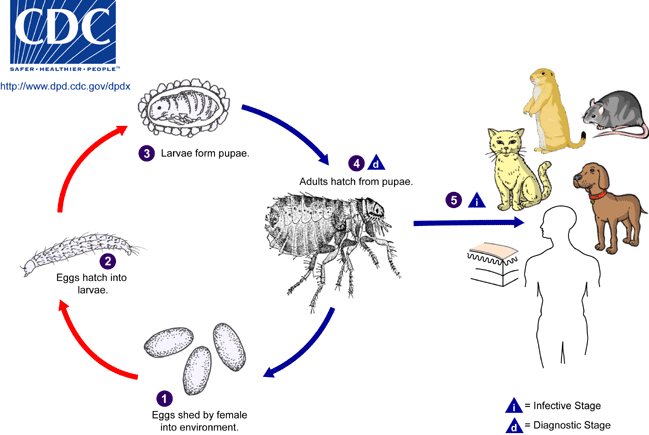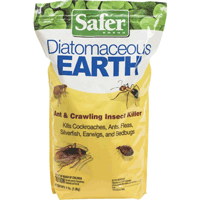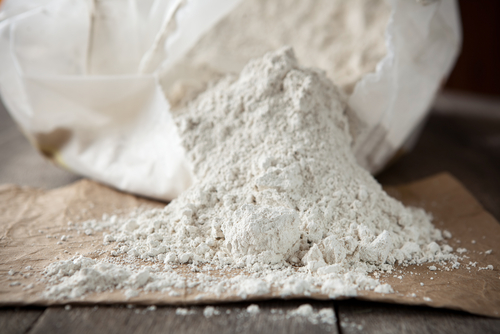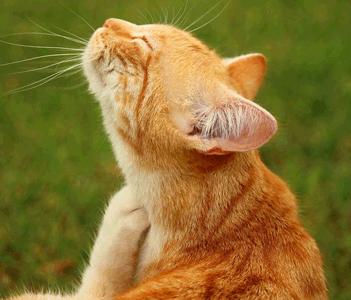Fleas are actually very tiny and unless they are largely populated, you are likely to miss them, but the insect size does not deter them from jumping at least seven inches into the air, that’s how they get to hitch a ride on your dog or cat.
An infestation is a problem to both man and beast so everyone should take the right measures to remove fleas from the environment, if you are confused about the agency to consult in order to take care of your flea issues, think about Ehrlich Pest Control.
Popular Concern concerning fleas – Can fleas bite humans?
There are over two thousand discovered species of fleas in the world, out of this large number; one rare species is confirmed to prefer humans as hosts (human fleas). The common species found in homes are dog and cat fleas; they infest animals rather than humans because they are furrier. In fact they cannot survive for a long time feeding on human blood alone.
So, Yes fleas will bite humans when they don’t have access to an animal or the animal blood is no adequate.
The bite will appear reddish with a dark center, scratching the spot will cause it to swell up in minutes especially if it is left untreated. Fleas infected with a range of diseases which they can transmit to humans and animals through their bite.
These are some homemade flea treatments you can produce by yourself.
Herbal Spray
People opt for natural methods because most chemicals are toxic when applied in large quantities or frequently. Children and pets are not in any danger when herbal products are used to get rid of fleas.
To make this product, you need four liters of vinegar, spray bottle, water (2 liters), witch hazel and lemon juice (500ml). Mix these products in the spray bottle and shake thoroughly. You can spray your house with the herbs after cleaning it up.
Vacuum your carpets, rugs and floors entirely and dispose of the dirt, then wash every piece of material you suspect may be infested with fleas. Once you’ve cleaned your home, spray the furniture, floors, pet bedding and window sills preferably with a heavy spray.
Sea salt method
This popular kitchen ingredient is also a dehydrating agent. Adult fleas dry out and eventually die when they come in contact with it.
Sprinkle it all over your carpets and allow it to sit for a maximum of two days. Then vacuum thoroughly. Remember to throw out the vacuum dirt probably containing dead adult fleas and flea eggs to prevent re-infestation.
Dish soap technique
Fleas are partially nocturnal creatures, this means that they are more active at night. This method is easy because the ingredients are things you can get in your own house at no extra cost.
Since fleas are mostly seen at after dark, it is better to carry this out at night. Get a dish soap and warm water, mix in a large bowl and place in those rooms you suspect have the most flea activities, probably those areas frequented by your pet.
The soap mixed in water will act as glue trapping fleas within as they jump because of its high viscosity.
Lemon juice spray
Fleas are repulsed by the scent of citrus and lemon happens to have this in droves. Create this spray by slicing a lemon, add a slice to a pint of water and bring to a boil. After twelve hours, pour into a spray bottle. You can gently spray the solution on infested areas such as carpets, pet bedding, sofas and chairs.
Baking soda
This is one of the most effective herbal flea control product combined with vacuuming. First, sprinkle baking soda on your carpet. While vacuuming, you’ll notice many dead adult fleas lying around the carpet. Ensure that you dispose of the contents of your vacuum machine into a trash can immediately after.
Plants for Repelling Fleas
There are various plants that contain substances, oils and chemicals which fleas stay far away from. If you were planning on creating a back yard garden then include these plants that will beautify your home and keep parasitic insects away.
Also, you can put the flowers in vases and pots inside the house if you do not plan on getting a garden.
They are; lavender, spearmint, chrysanthemums and penny royal.
Rosemary Powder
This plant is another amazing natural flea extermination product. It is used to treat pets and repel fleas from homes, so double the effect.
To create this powder, place some rue, peppermint, wormwood and fennel with the Rosemary into a mortar, grind to a powdery form with a pestle. Sprinkle generously on affected areas including window sills and pet bedding.
It does not kill fleas but they will prevent the parasites from hitching a ride into your house.
Diatomaceous Earth
D.E is formed from the fossilized remains of diatoms and algae. The powder is not harmful to humans but before application, wear protective clothing. The powder might not kill you, but inhaling it will irritate your throat and eyes.
Sprinkle in a straight thin line outside and in your house, this is so you can vacuum it up after two days.
How to exterminate fleas
Always, the first thing to do after noticing an infestation is cleaning up the environment, the house. You should wash the pet beddings, yours too because fleas may have gotten dislodged on your bed
Then, vacuum thoroughly with any of the products listed above. You should apply as many safe methods as possible, because most extermination products are focused on killing adult fleas not the eggs and pupae. This is why, in the end a professional’s help should be enlisted, he/ she will chose the most suitable option for you and your family.




